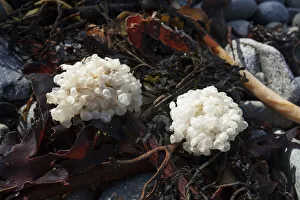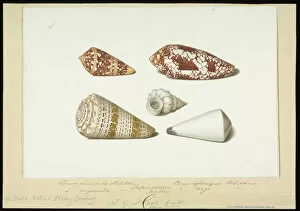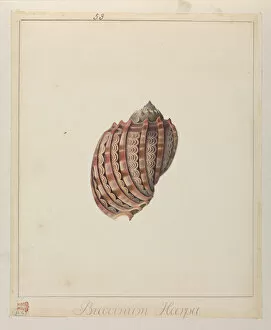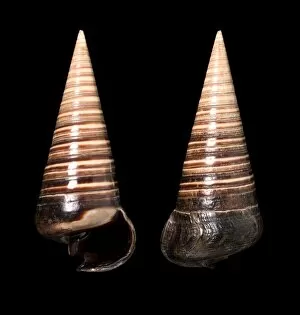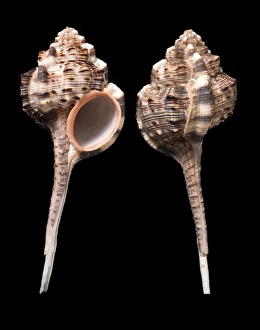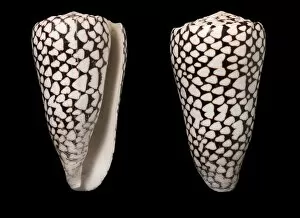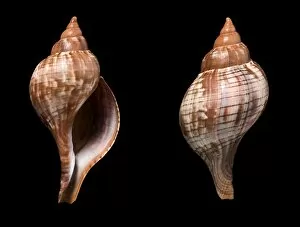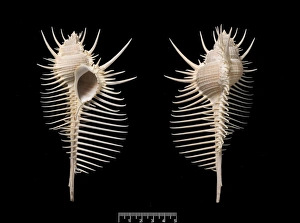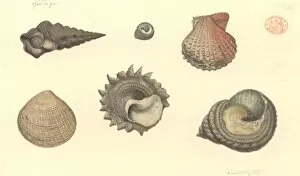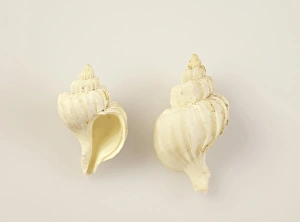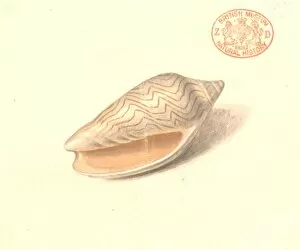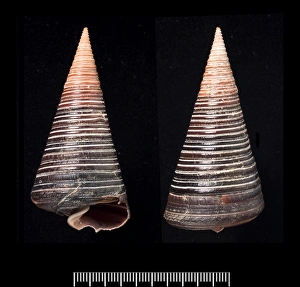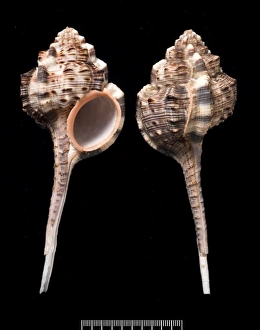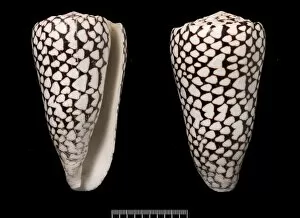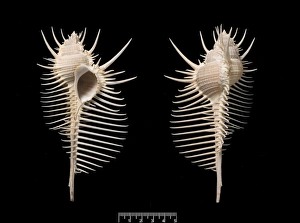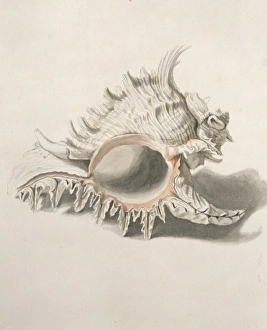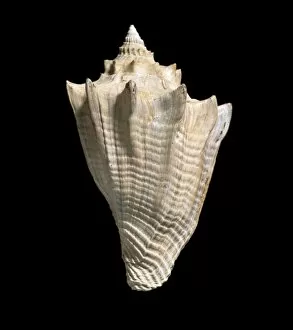Neogastropoda Collection
Neogastropoda: A Fascinating World of Shells and Wonders From the shores of Sark, British, to the depths of the Eocene era
All Professionally Made to Order for Quick Shipping
Neogastropoda: A Fascinating World of Shells and Wonders From the shores of Sark, British, to the depths of the Eocene era, Neogastropoda unveils a captivating array of marine life. These gastropods have left their mark on beaches worldwide, with their eggs adorning seaweed washed up on sandy shores. Among these remarkable creatures is the Common whelk (Buccinum undatum), its eggs delicately nestled on seaweed. Its presence reminds us that beauty can be found even in unexpected places. Equally enchanting is Pleuroploca trapezium, known as the trapezium horse conch; its shell boasts intricate patterns that mesmerize any observer. Conus and Epitonium shells add further intrigue to this diverse family. Their unique shapes and vibrant colors make them stand out among other seashells scattered along coastlines. And let's not forget about Buccinum harpa—its name alone evokes curiosity and wonder. Thatcheria mirabilis, also known as Japanese wonder shell, showcases nature's artistic prowess through its stunning spiral design. Meanwhile, Fasciolaria tulipa steals our hearts with its true tulip shape—a masterpiece crafted by evolution itself. Illustrations depicting Whelks with siphons on their heads remind us of their incredible adaptability to underwater environments. These illustrations offer a glimpse into their fascinating anatomy and behavior. Traveling back in time to the Eocene era reveals Pseudoliva laudunensis shells—the False olive—frozen in history like precious artifacts from another world. Their existence serves as a reminder of Earth's ancient past and how life has evolved over millions of years. As we explore this vast realm within Neogastropoda, we encounter True tulip shells C016/6021—an embodiment of elegance and grace that captivates collectors around the globe.

